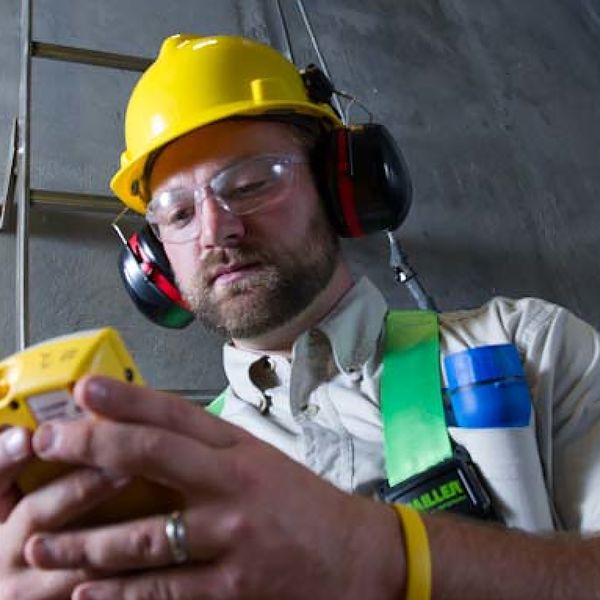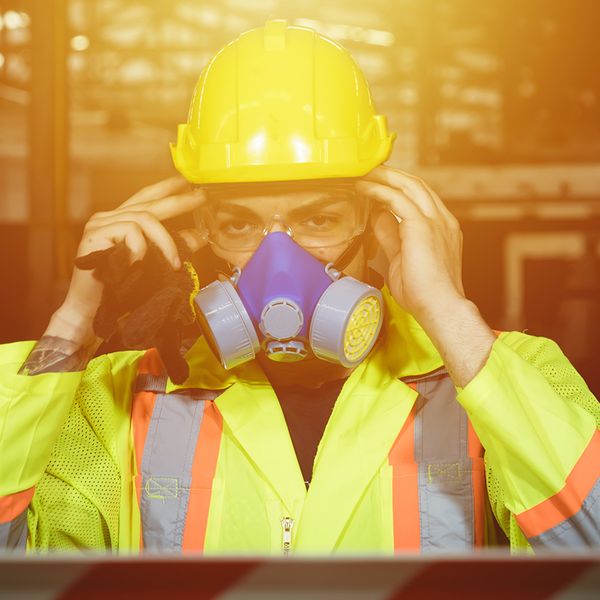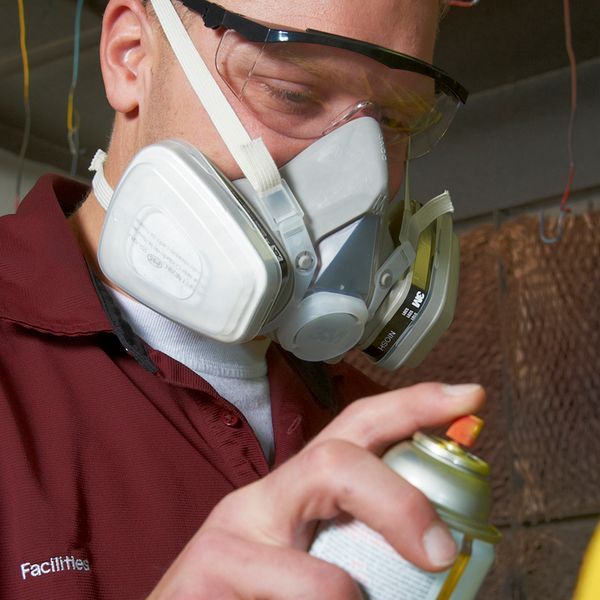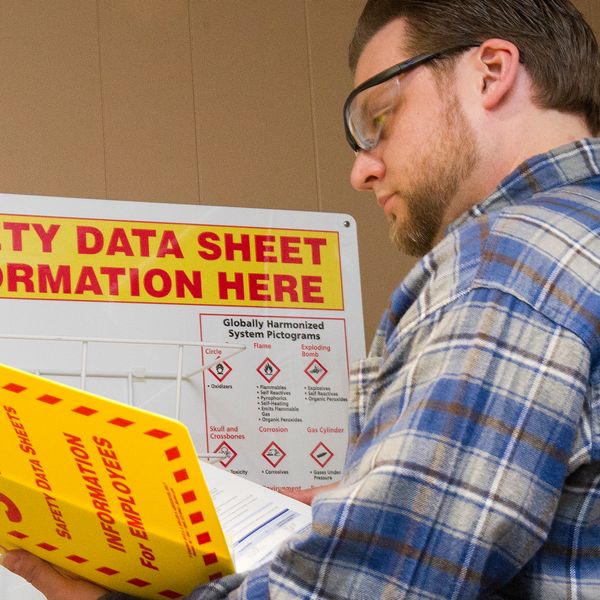Cracking the Code on Respiratory Exposures: Harnessing Objective Data Like a Pro
Did you know that past exposures cannot predict current respiratory exposures reliably if the earlier job had more protective conditions? This underscores the importance of ensuring consistency in factors like training, work practices, and supervision when comparing two work activities. Many employers mistakenly rely on historical monitoring data to assess current workplace exposures.
In an OSHA Letter of Interpretation (LOI) dated November 14, 2006, the Agency stated its “…intent is to allow data reflecting past exposures to be used to predict current exposures only when the conditions of the earlier job were not more protective, i.e., employees were not better trained, work practices were not used more consistently, and no more supervision was present.”
When using historical respiratory protection monitoring data to assess current respiratory exposures, ensure consistency in work conditions across spaces. OSHA mandates that employers estimate worker exposure to respiratory hazards when assessing respiratory risks.
OSHA acknowledges that air monitoring is the most dependable method for accurately determining post-entry exposure to respiratory hazards. Nevertheless, other approaches, including objective data and mathematical calculations, are also acceptable for evaluating chemical states and physical forms of contaminants under your industrial hygiene program.
Objective Data
Before entering a confined space, it's crucial to test the internal atmosphere for oxygen content, flammable gases and vapors, and potential toxic air contaminants, in that sequence. Employers must confirm these conditions immediately prior to entry and ensure all necessary precautions, including pre-entry testing, are in place promptly.
Objective data should not be employed for initial pre-entry testing of confined spaces. However, it can be utilized to assess respiratory exposures post-entry during specific work activities within the confined space, such as welding, blasting, or spray operations.
Employers must ensure that conditions in spaces being compared are closely aligned when using objective data. Accurate documentation of these conditions is essential. According to OSHA, employers bear the responsibility to demonstrate that the objective data utilized meets the specified parameters outlined in relevant standards.
If controls in one job provide greater protection compared to another, objective data cannot be appropriately compared. Who within your workplace possesses the competence or qualifications necessary to make comparisons using objective data?
Professional Judgment
OSHA does not specify particular qualifications for reviewing objective data in your workplace, but the individual should possess at least a level of competence or qualification.
The Agency offers additional guidance to employers, indicating that professional judgment can be applied to assess data, ensuring it aligns with OSHA's definitions, criteria, and limitations for representative sampling outlined in its standards.
For instance, if a competent individual were to evaluate the potential use of objective data from workers' exposure monitoring to hexavalent chromium during welding in a similar confined space, they would consider factors such as the:
- Welding process type,
- Chromium content in materials used,
- Welder's positioning relative to their work,
- Training,
- Relevant work practices,
- Presence of engineering controls like local exhaust ventilation, and
- Safety data sheet information.
Ensure that safety data sheets are readily available to workers.
Safety Data Sheet
Safety data sheets (SDSs) are essential for providing employers and employees with health and safety information about workplace chemicals. They detail ingredient lists crucial for establishing protocols like ventilation, personal protective equipment, and engineering controls.
The new 2024 HazCom rule emphasizes using SDS information to ensure consistent and objective application of safety measures across different workspaces.
Keys to remember
Employers must use their professional judgment while deciding if objective data provides the same degree of assurance that employee exposures have been correctly characterized as air monitoring would have.


















































